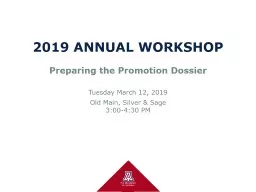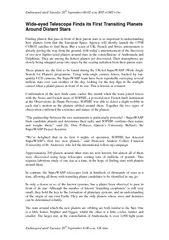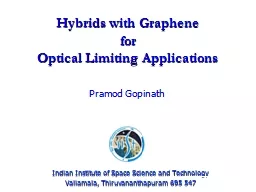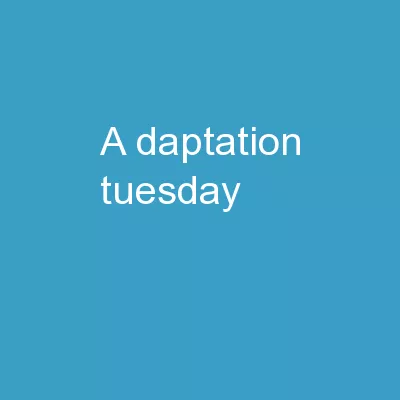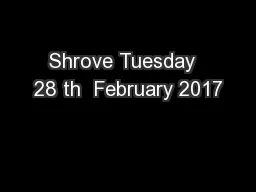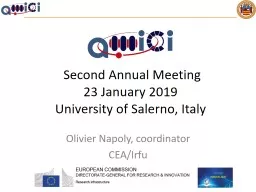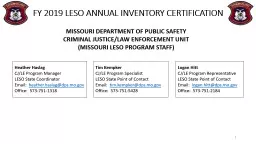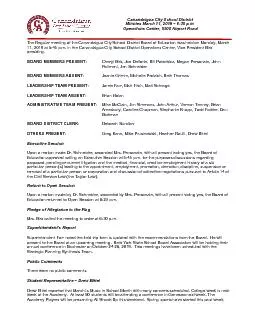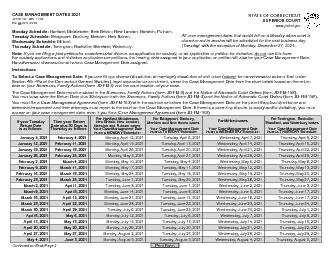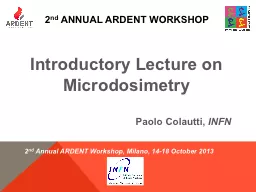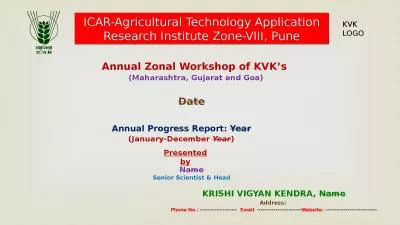PPT-2019 ANNUAL WORKSHOP Tuesday March 12, 2019
Author : debby-jeon | Published Date : 2020-04-05
Old Main Silver amp Sage 300430 PM Preparing the Promotion Dossier Agenda Introductions Preparing for Promotion Reviews The Promotion Review Process The Promotion
Presentation Embed Code
Download Presentation
Download Presentation The PPT/PDF document " 2019 ANNUAL WORKSHOP Tuesday March 12, ..." is the property of its rightful owner. Permission is granted to download and print the materials on this website for personal, non-commercial use only, and to display it on your personal computer provided you do not modify the materials and that you retain all copyright notices contained in the materials. By downloading content from our website, you accept the terms of this agreement.
2019 ANNUAL WORKSHOP Tuesday March 12, 2019: Transcript
Download Rules Of Document
" 2019 ANNUAL WORKSHOP Tuesday March 12, 2019"The content belongs to its owner. You may download and print it for personal use, without modification, and keep all copyright notices. By downloading, you agree to these terms.
Related Documents

